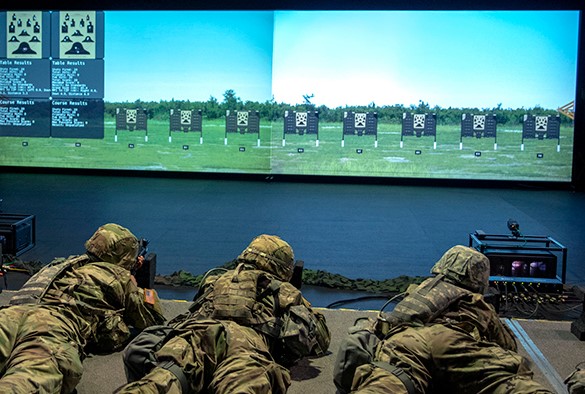Trends of developing training in advanced countries and direction of the Army
Focusing on the LVCG training system
DOI:
https://doi.org/10.37944/jams.v3i2.73Keywords:
Synthetic Training Environment, LVCG Training, Army Training & Education, Training Environment, SimulationAbstract
This study examines the history of LVCG training, which is attracting attention as the army’s education and training method in the era of the 4th industrial revolution, and the recent trends in advanced countries, and the direction of the army’s LVCG training development. LVCG training is an effective means for soldiers to improve their survival rate and combat skills by experiencing realistic virtual battles iteratively prior to actual deployment, thereby ultimately improving their readiness. The LVCG training system is classified into four categories: live, virtual training, war game training, and game, collectively referred to as LVCG. In the 1980s, advanced countries began to use the LVCG training system in various areas of education and training, and after the 1990s, they promoted a synthetic environment incorporating the LVCG training system. Recently, the synthetic training environment (STE) that integrates LVCG into a three-dimensional virtual environment. This is attracting attention and developed countries are rapidly transitioning to STE. The Army is also promoting education and training innovation based on big data and artificial intelligence by establishing a low-cost, highly efficient LVCG training environment with LVCG integrated around the synthetic training environment platform and securing education and training data using STE.
Metrics

Published
Versions
- 2020-08-31 (2)
- 2020-08-31 (1)
How to Cite
Issue
Section
License
Copyright (c) 2020 Journal of Advances in Military Studies

This work is licensed under a Creative Commons Attribution 4.0 International License.

This work is licensed under a Creative Commons Attribution 4.0 International License.

이 저작물은 크리에이티브 커먼즈 저작자표시 4.0 국제 라이선스에 따라 이용할 수 있습니다.






